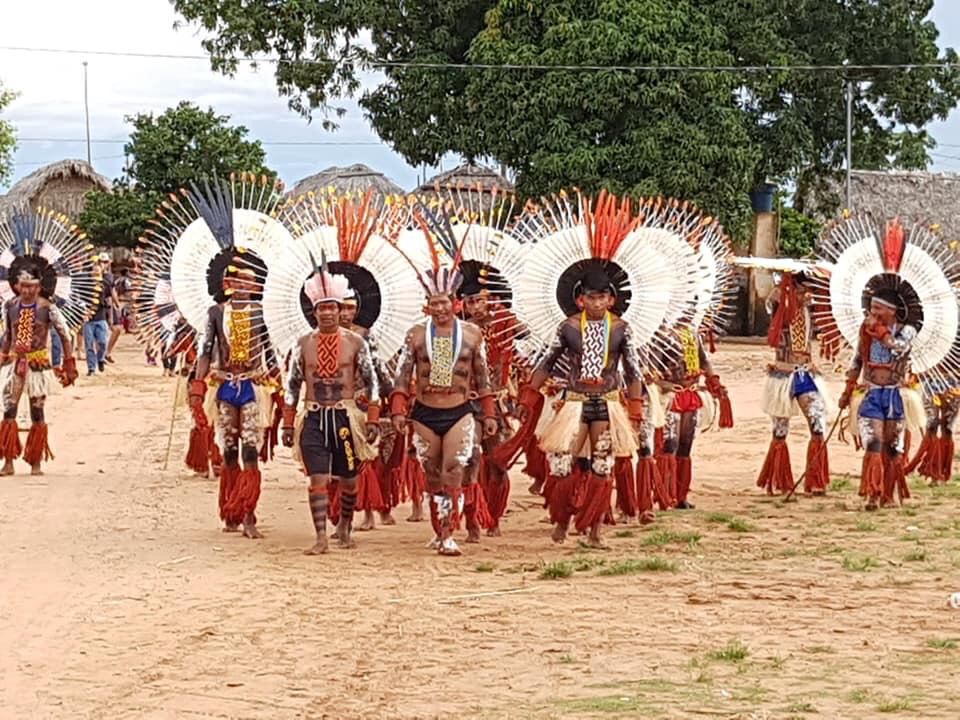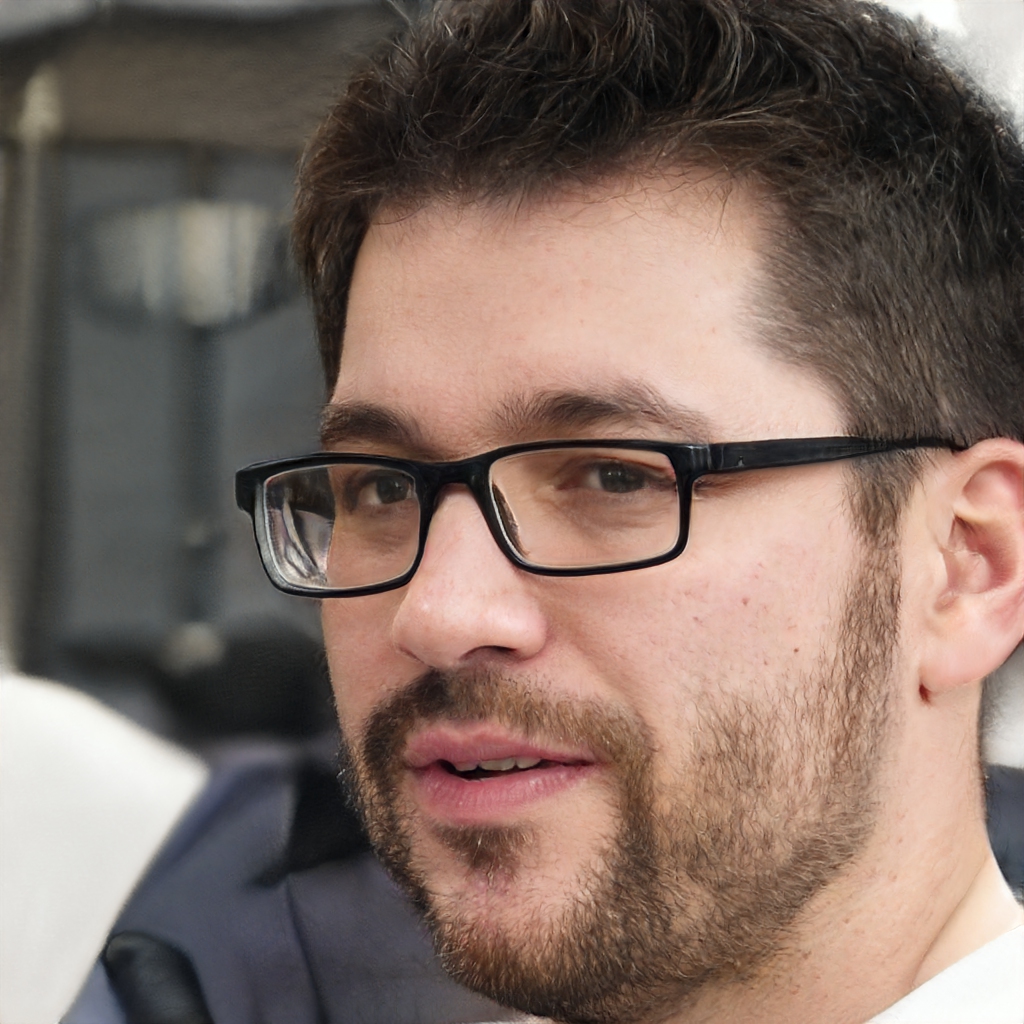历史和文化关系 - Karajá

卡拉贾人与 "文明 "的第一次接触可能是在16世纪末和17世纪初,当时探险家开始来到阿拉瓜亚-托坎廷斯河谷。 他们从圣保罗经陆路或帕尔纳伊巴盆地的河流来到这里,寻找印第安奴隶和黄金。 1725年左右在戈亚斯州发现黄金时,来自几个国家的矿工印第安人不得不与这些人作战,以保卫他们的领土、家庭和自由。 1774年建立了一个军事哨所,以方便航行。 卡拉贾和爪哇人住在这个哨所,被称为新贝拉殖民地。 后来还建立了其他殖民地,但都不成功。 印第安人不得不适应新的方式。他们没有免疫力,也无法治疗各种传染病。
当金矿在十八世纪末枯竭时,戈亚斯州开始了新的殖民化阶段。 随着巴西的独立,政府对维护戈亚斯州的领土统一和经济结构调整更加感兴趣。 1863年,戈亚斯州州长Couto de Magalhães来到阿拉瓜亚河。 他打算发展蒸汽航行并促进由于这一举措,新的村庄被建立起来,阿拉瓜亚河沿岸的蒸汽航行也增加了。 然而,直到最近,该地区才被纳入国家经济。 印第安人保护局(SPI)允许养牛人占据河边的田地,逐渐涉及卡拉哈、爪哇、1964年军政府掌权后,SPI不复存在,成立了具有类似功能的Fundação Nacional do Indio(国家印第安人基金会,FUNAI)。 作家、旅行者、政府工作人员和其他人士的报告民族学家指出,从17世纪到20世纪,卡拉贾人的人口减少的情况更加严重。
还请阅读有关文章 卡拉贾 来自维基百科

